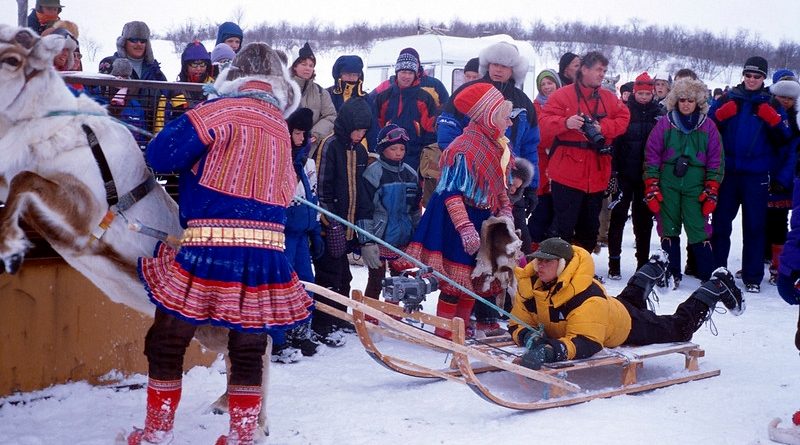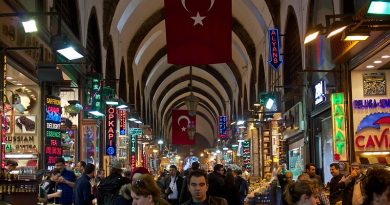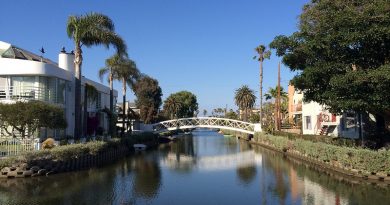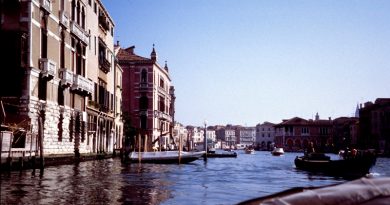Norway and Lapland: Destinations
Norway
Oslo
Oslo is Norway’s administrative capital and largest city, a cultural centre and laid back comfortable home to about 500,000. It has a small centre, easily covered on foot, with much green space, and only a short journey from areas for climbing and walking. It has also been home to three of Norway’s great artists, of whom they are justifiably proud, and you can visit museums dedicated to each of them: the playwright Henrik Ibsen, who’s museum is based in the house in which he once lived; the sculptor Gustav Vigeland, who has had a museum and a park of his sculptures created in his honour; and the painter Edvard Munch, best known for ‘The Scream’, several versions of which can be viewed in the Munchmuseet, or the original, amongst other European masterpieces, in the National Gallery.
Oslo is a capital of history as well as art, and is overflowing with museums. Particularly worth a visit are those on the Bygdoy peninsula, where you can see real Viking ships in the Vikingskipshuset, and examples of traditional Norwegian life in the open air Norsk Folkmuseum, among many others. To delve deeper into the Oslo history, the city also boasts a castle and fortress.
For something a little different, it’s just a short trip out of the centre to the Holmenkollen ski-jump. Not only does it give you a fantastic view over the city, but you can also experience jumping for yourself, in a much safer way, on the Ski-simulator. There’s also another museum there, dedicated to the 4000 year history of Norwegian skiing!
Bergen
Norway’s second largest city was voted one of Europe’s Cities of Culture for 2000. It is also a relaxed university town, reputedly with the best nightlife in the country. It is also just a stone’s throw from the fjords, but the water has to come from somewhere and in Bergen it’s the sky – this city suffers up to 300 days a year of rain, but it does make the surrounding landscape very green!
Bergen has much to offer in the way of beauty, both in the near by mountains, in the man-madeHanseatic Wharf at Bryggen, your point of arrival if you come by boat, or the picturesque cobbled streets that make up many parts of the city. The city as a whole can be admired from the surrounding mountains, made effortlessly accessible by cable car or funicular railway.
Voss
A small town on the magnificent rail journey between Bergen and Oslo, and a Mecca for adrenaline sports enthusiasts, particularly in the last week of June when they hold their annual Extreme Sports Week.
Lillehammer
Famous for being the site of the 1994 Winter Olympics, it still has many remnants of that occasion, in the form of ski jumps, a bobsleigh run and a museum. It is still a popular ski destination, and if you’re here in the winter, each year it holds a White Christmas festival, complete with sleigh rides and a visit from Santa.
Trondheim
The ancient Viking capital, and a place of such historic novelties as a ‘traditional’ Viking club night out! The city still preserves many signs of its medieval history, as can readily be seen in a stroll through the streets. For the more religiously curious, it is also home to the Nidarous Cathedral, Norway’s most sacred building, and a long-standing point of pilgrimage.
Lufoten Islands
Accessible by the Hurtigren Coastal Steamer, or by ferry from the town of Bodo these picturesque islands show a traditional way of life still in action. You can come and stay in a real fisherman’s hut and see its famous racks of drying cod, or go bird or whale watching.
Svalbard
This group of islands north of Norway is, at 2hrs flight from the mainland, the most accessible place this close to the north pole, and has some of the most amazing landscapes you are ever likely to see. It claims to have the world’s most northerly permanent community, New Orlesund(or Ny Alesund), a scientific base investigating the effects of global warming. However, most visitors will only make it as far north as Lonyearbyen, the largest town on the main, southern island of Spitzbergen. The islands also home to more polar bears than people, and carrying a rifle is compulsory for protection in the unlikely case of them attacking. It is possible to strike out into the wilds here, but this is difficult without guided as part of a guided group, and completely out of the question without proper survival training.
Lapland
Alta
The largest town in Finnmark (a surprising claim for such a tiny town), the northern district of Norway which is home to many of the indigenous Sami people, it is considered the gateway to the area generally known as Lapland. It is also known as the town of the Northern Lights, holding the annual, week long Borealis Winter Festival in their honour, and place renowned for good viewing of them. It is also home to the most extensive area of prehistoric rock paintings in Northern Europe, now a UNESCO World Heritage Site.
Kautokeino
The cultural capital of the Sami people, right in the heart of Sami Norway, and one of the oldest settlements in Norway, dating back about 5000 years. Visit the open air museum, depicting details of traditional Sami life, which also has an indoor section displaying traditional Sami handicrafts.
Nordkapp
Literally ‘north cape’, this tiny town is considered the most northerly point of mainland Norway, and is believed by many, including the Sami, to be a place of special power, and as such attracts all sorts of pilgrims. The less spiritually minded can enjoy the numerous polar exhibits, spot of bird watching, and a visit to the local Thai museum (yes, you did read that right!).
MORE INFORMATION
Visit Norway
Official tourist board site
Norway Embassy UK
Norway embassy site
Svalbard.com
Everything you need to know about visiting the archipelago
By Guilia Vincenzi




